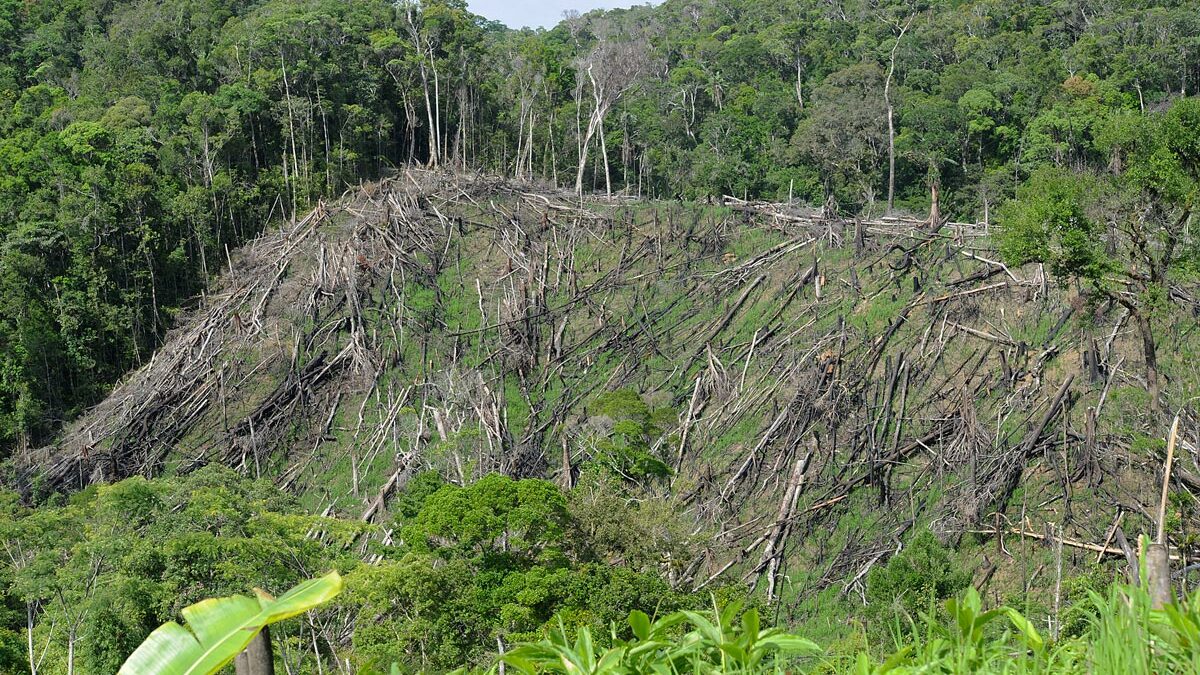Rice cultivation in Madagascar
Irrigated rice cultivation
Rice plays a fundamental role in the lives of the majority of the Malagasy population.

The rice-growing landscapes are very diverse: bands of rice paddies lining the valley bottoms, narrow terraces on the slopes, rectangular plots crisscrossing the plains, paddies with flood recession on the banks of lakes and rivers, and open slash-and-burn fields in the forest.
In the highlands, lowland rice cultivation combines checkerboard plots in adjacent valleys with large valley plots. Farmers perform miracles to control water that they fear is scarce or abundant.
Transplanting reduces water-related risks and weed competition.
The Wet rice cultivation (flooded or irrigated) makes up most of the agricultural landscape in the highlands.
Manual plowing (plowing with a spade)
The soil of the rice field is prepared with the help of the Angady, a kind of spade with a long and narrow iron and 
The rice fields are a secular heritage of the ancestors who had fed the generations for centuries, they count with the Zebu stock most important place in the native culture.
Plowing, harrowing and grading
The trampling of rice fields by zebus tends to disappear. The plow and harrow pulled by two zebus are used for plowing and crumbling until a liquid mud is formed.
Irrigation
The water supply is provided in the valleys by springs - water that, due to gravity, comes from land 
Diguettes and dams
The drainage and irrigation network provides regular flooding of the plots.
The dikes seal off the rice fields, hold back water and serve as paths. The steeper the slope, the smaller the plots and the dike network.
The rice harvest
Harvested is made with a sickle, very time-consuming method but which has been used for centuries.
The sheaves are placed in a row on the ground and then transported to the threshing floor.
The threshing
The threshing is done on mats by threshing the sheaves on a large stone or rock so that the rice grains can be separated from the straw together with the husk and then picked up.
The women then sort the rice, which is stored in silos or granaries.
Peregrine rice cultivation, also called "Tavy".
Rice is grown on the eastern slope of the island, a mountainous region covered with forests, with a hot and humid climate. The term "tavy" refers both to the land in the middle of the forest and to the method of cultivation: shifting cultivation, slash-and-burn after clearing. This system requires an axe and a long-handled knife, but no tillage.
Land clearing
Once vegetation is cut and dried, firebreaks are created in front of and behind the plot 
Sowing and plot maintenance
The rice grains are buried in pits dug with a digging stick. Until the first ears appear, the plot is regularly weeded by hand.
Harvest
Growth in this method lasts from four to six months.
The cut ears are dried by hand on the burnt logs, which lie on the ground or on a large mat.
The plot will remain fallow for several years after that.
















